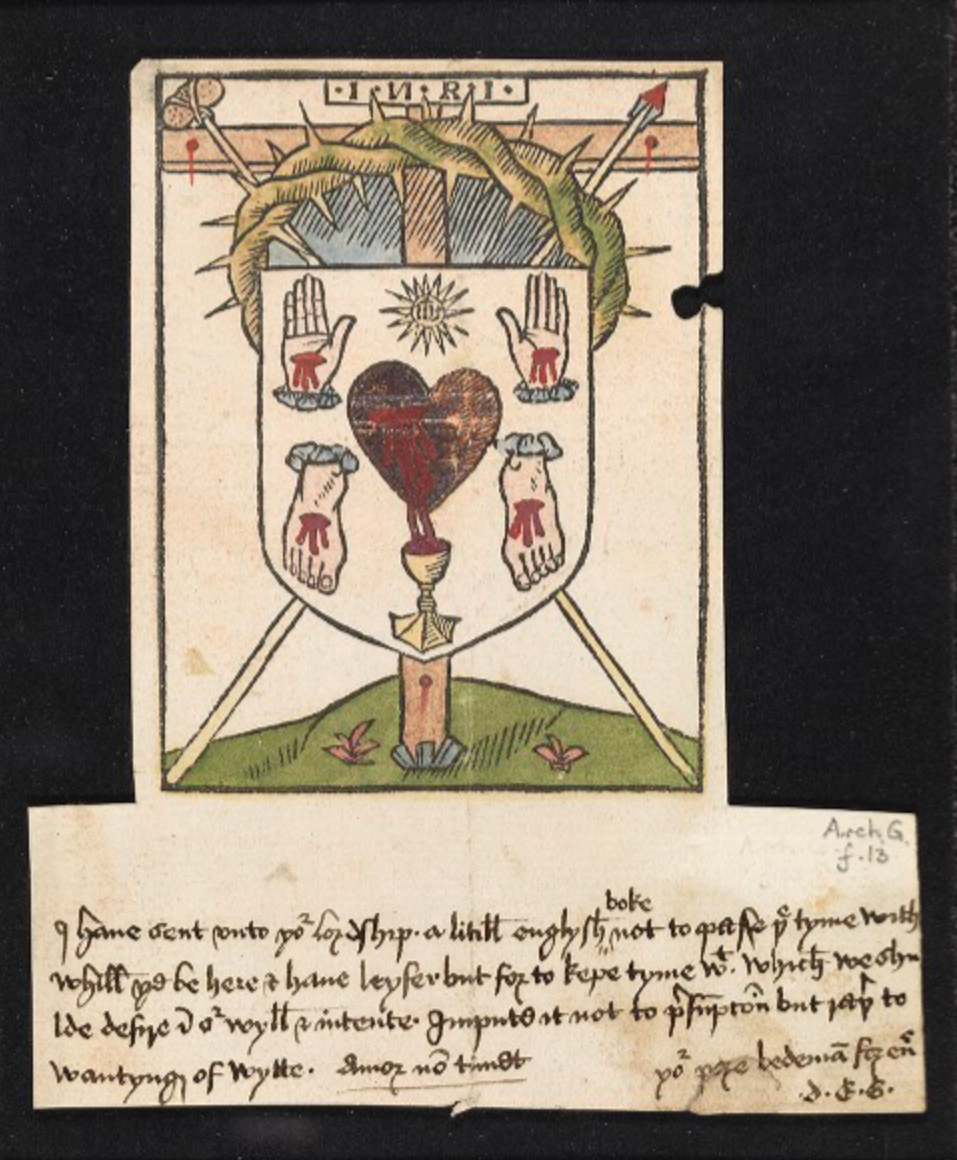Lenten Campaign 2025
This content is free of charge, as are all our articles.
Support us with a donation that is tax-deductible and enable us to continue to reach millions of readers.
For many centuries, devotion to the Heart of Jesus was tied to the Five Wounds of Christ.
Lenten Campaign 2025
This content is free of charge, as are all our articles.
Support us with a donation that is tax-deductible and enable us to continue to reach millions of readers.
While devotion to the Sacred Heart of Jesus dates back to the first centuries of Christianity, it was never a popular devotion until the 17th century and the private revelations given to St. Margaret Mary Alacoque.
Up until then, with the exceptions of St. Mechtilde (d. 1298) and St. Gertrude (d. 1302), Christians had a stronger devotion to the “Five Wounds of Christ.” This was primarily due to a renewed interest in the Passion of Jesus with the return of many crusaders from the Holy Land. Medieval Christians recognized the depths of Jesus’ love through the various wounds he suffered, which included the “chest” or “side” wound that pierced his heart.
Interestingly enough, according to the Catholic Encyclopedia, “The earliest evidence of a feast in honor of the Wounds of Christ comes from the monastery of Fritzlar, Thuringia, where in the fourteenth century a feast was kept on the Friday after the octave of Corpus Christi … In the fifteenth century it had spread to different countries, to Salisbury (England), Huesca and Jaca (Spain), Vienna, and Tours, and was included in the Breviaries of the Carmelites, Franciscans, Dominicans, and other orders.”
This feast was not universal, but a few centuries later Jesus revealed to St. Margaret Mary Alacoque that he wanted a feast dedicated to his Sacred Heart on the same day as this feast.
Before the revelations of St. Margaret Mary, the Sacred Heart was usually depicted in a symbolic manner, along with the other wounds of Jesus Christ. For example, this image from England dates to the years 1490-1500 and represents one of the earliest depictions of the Sacred Heart.












